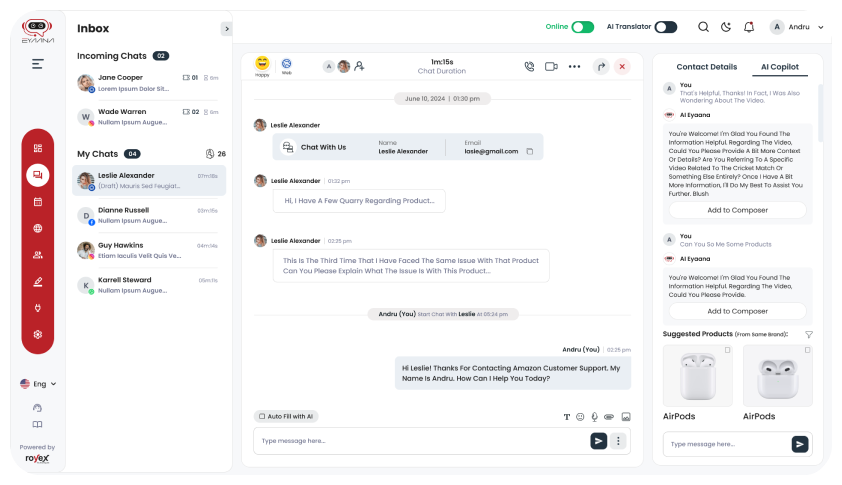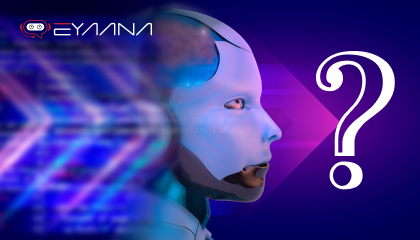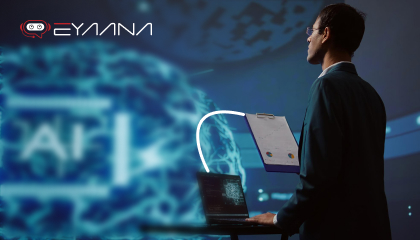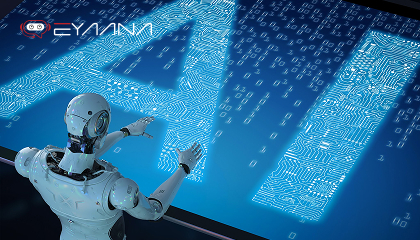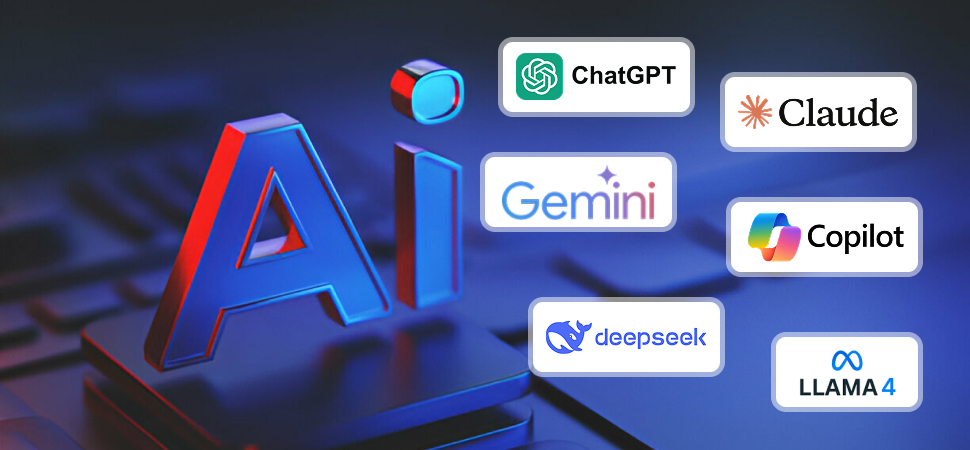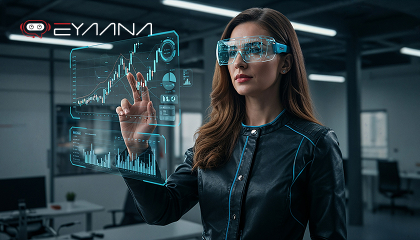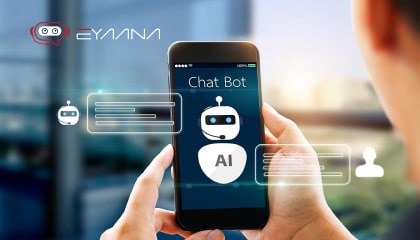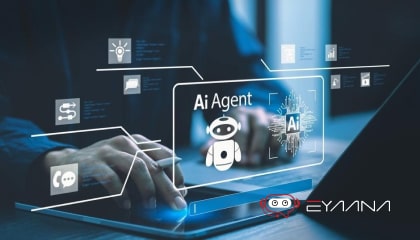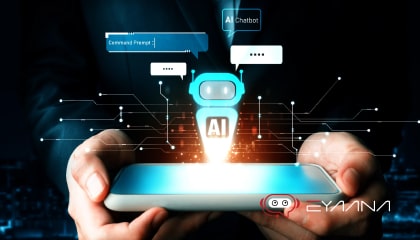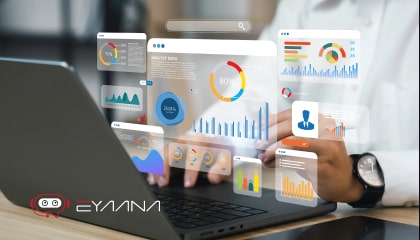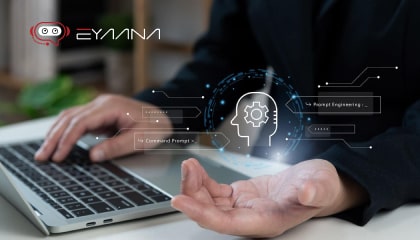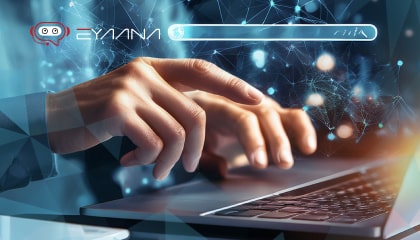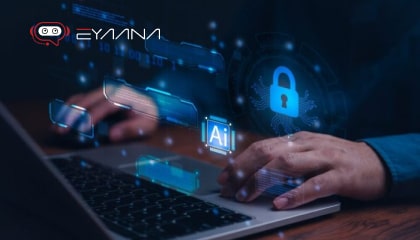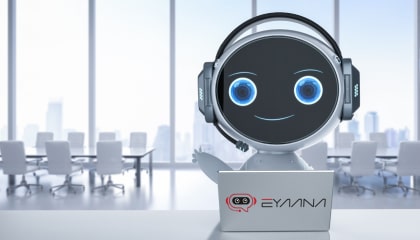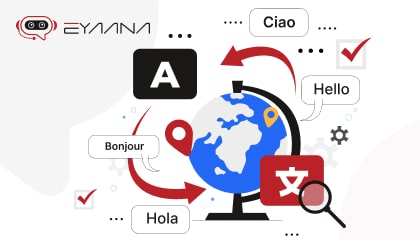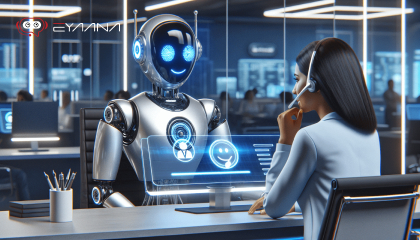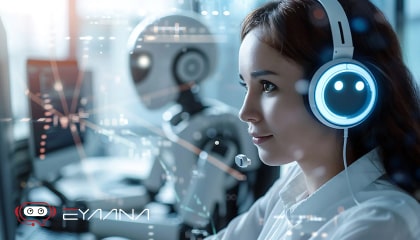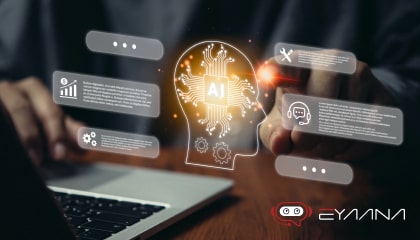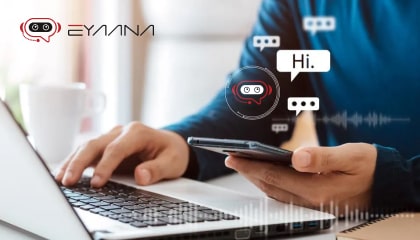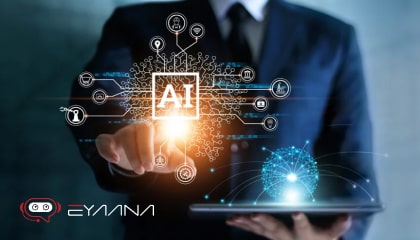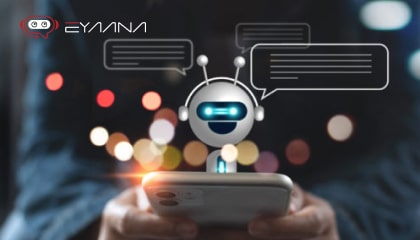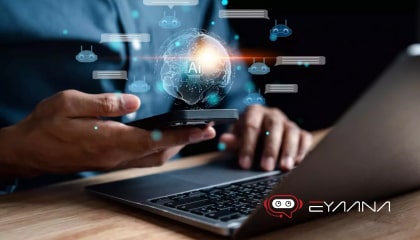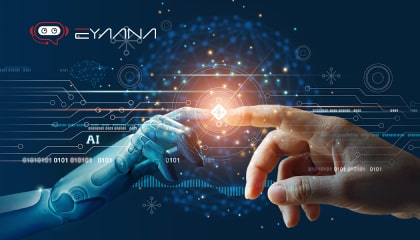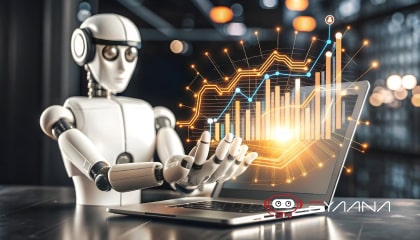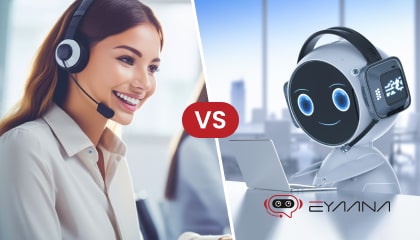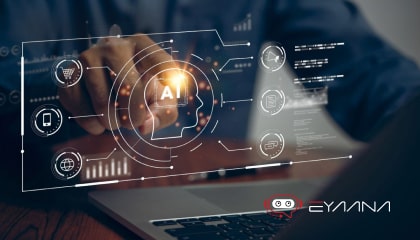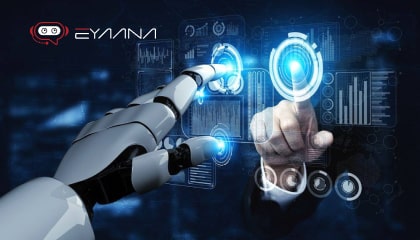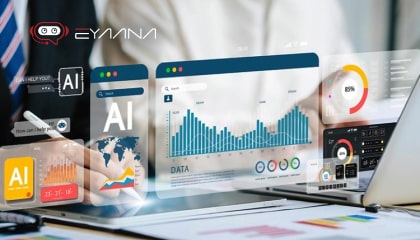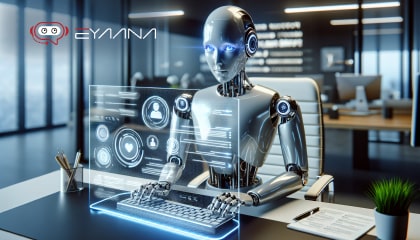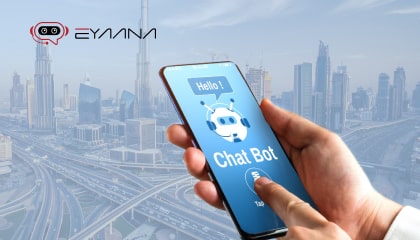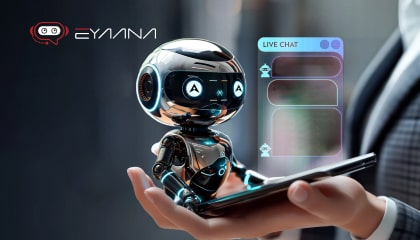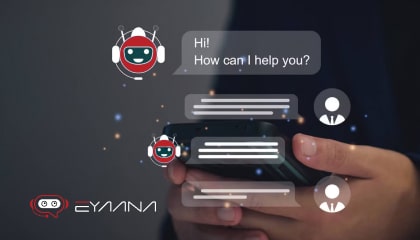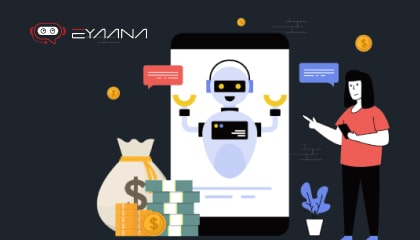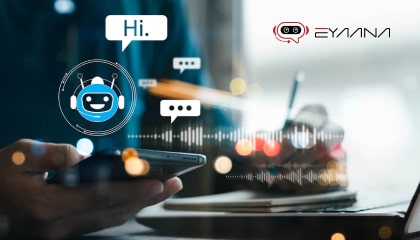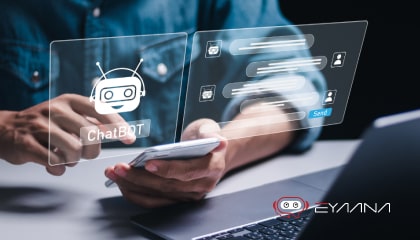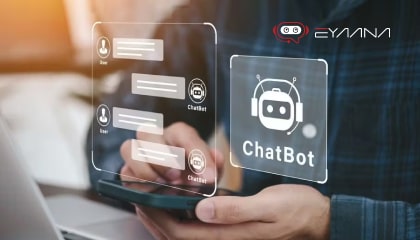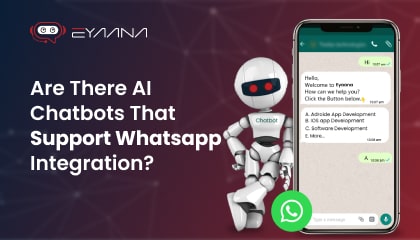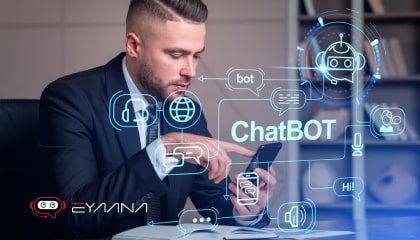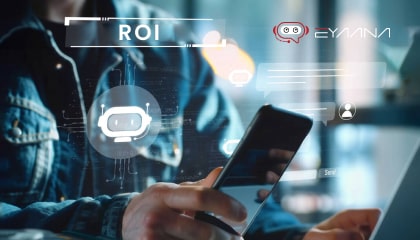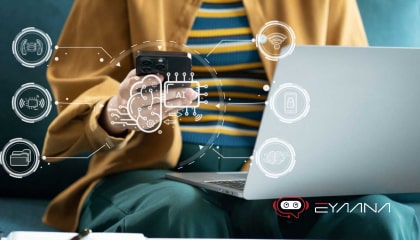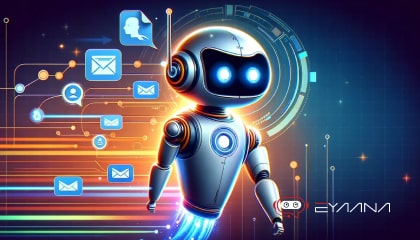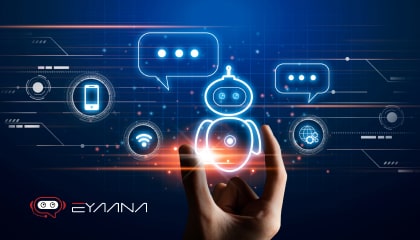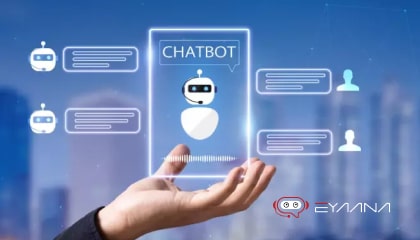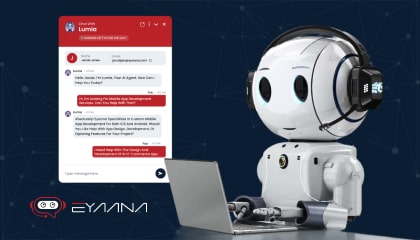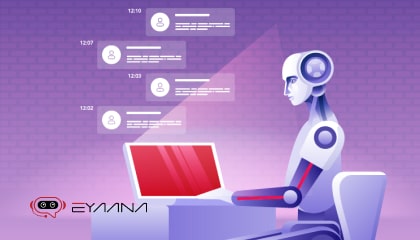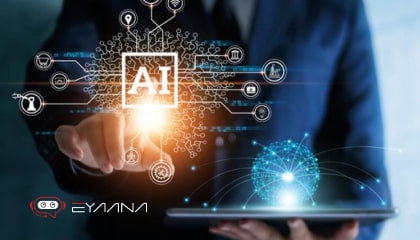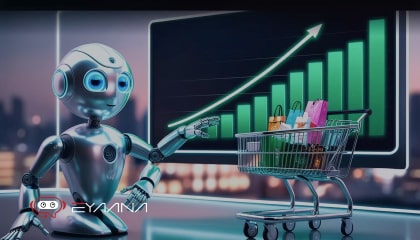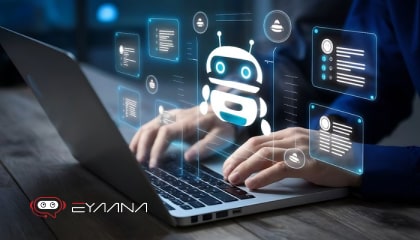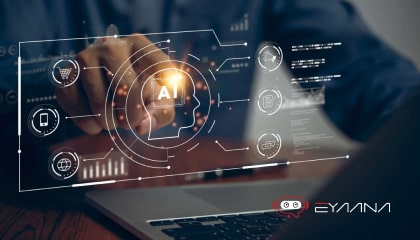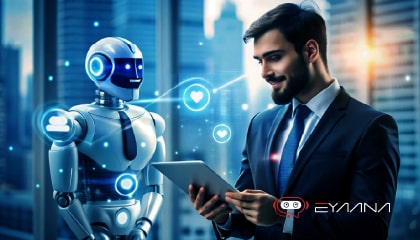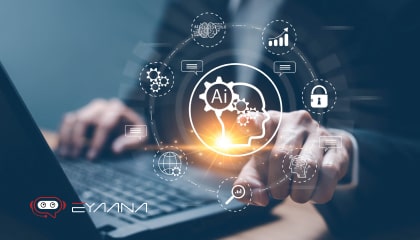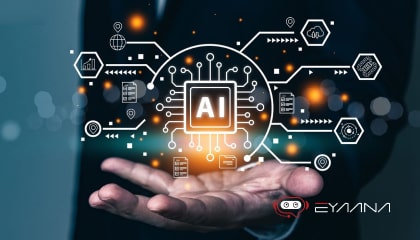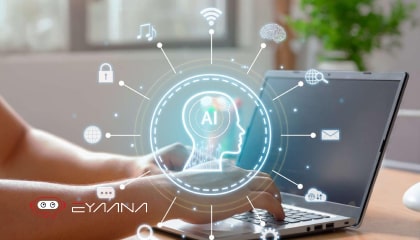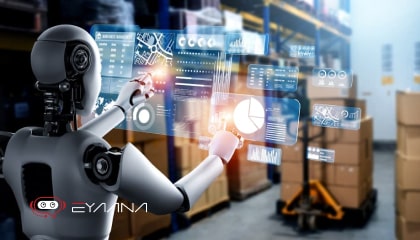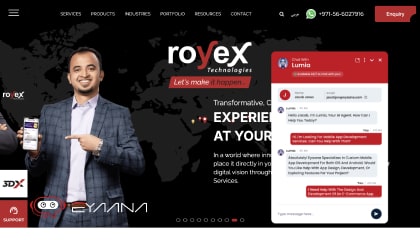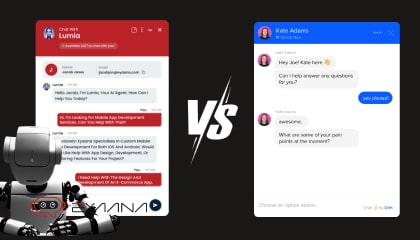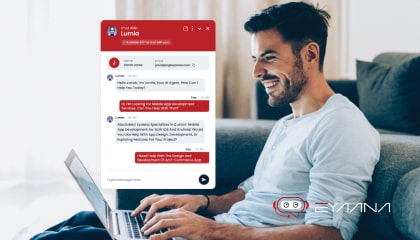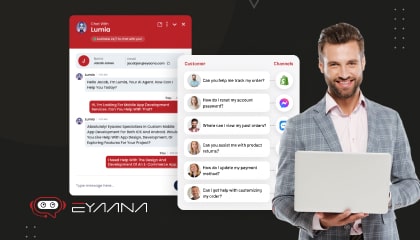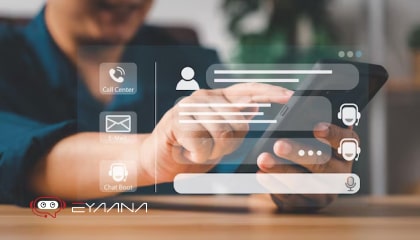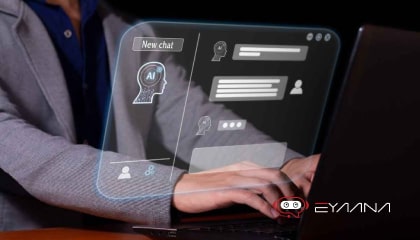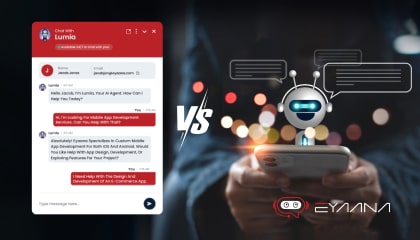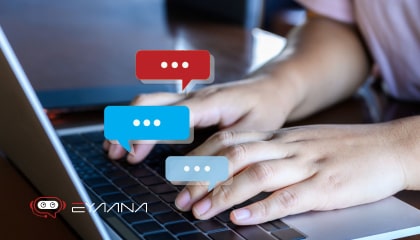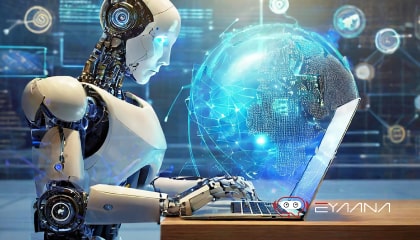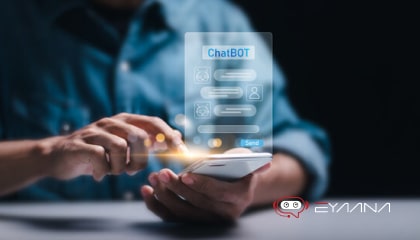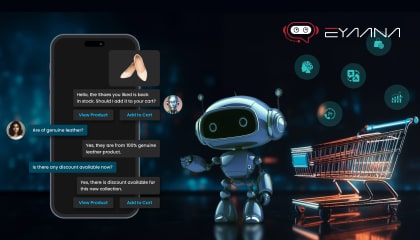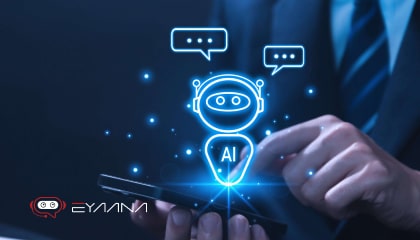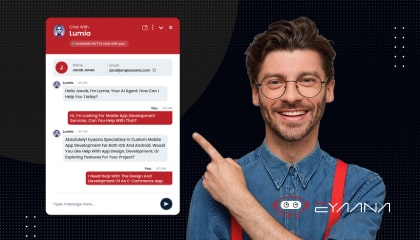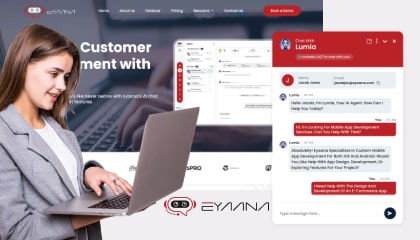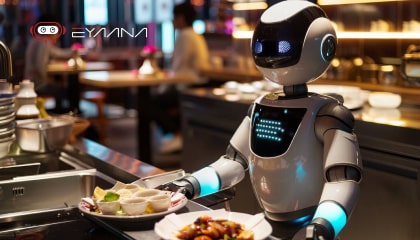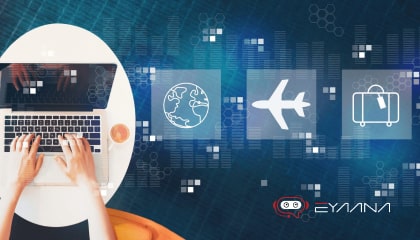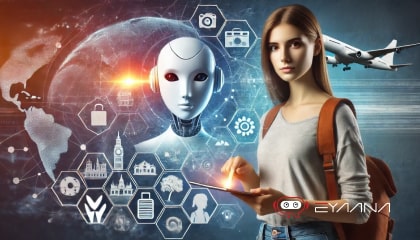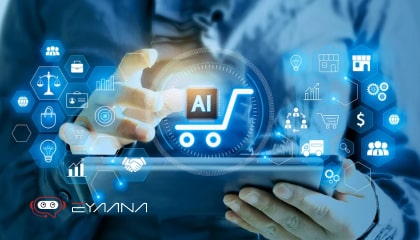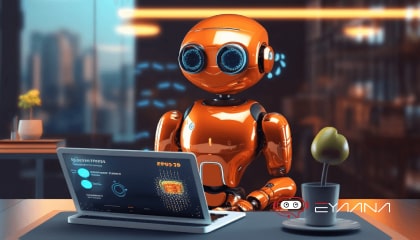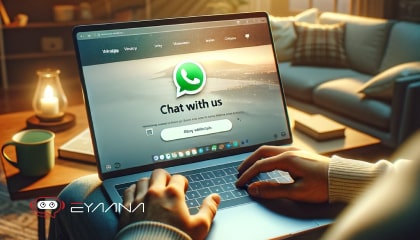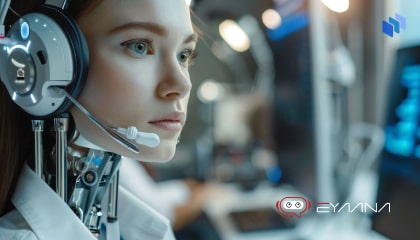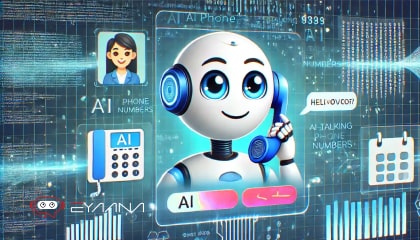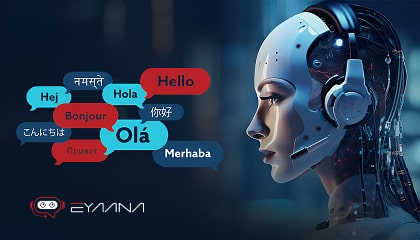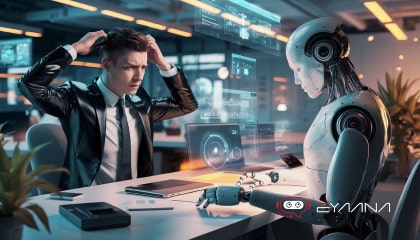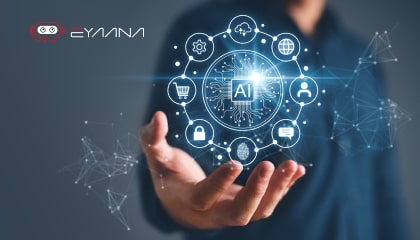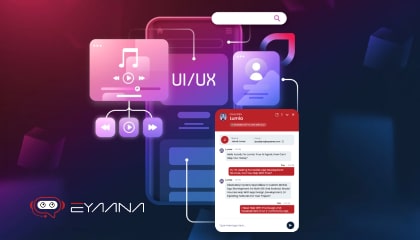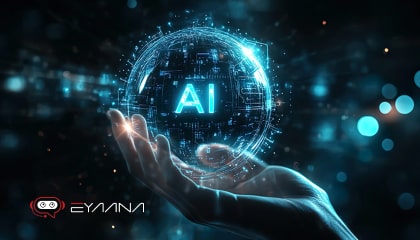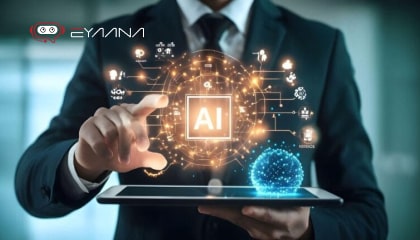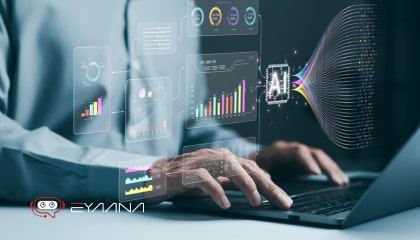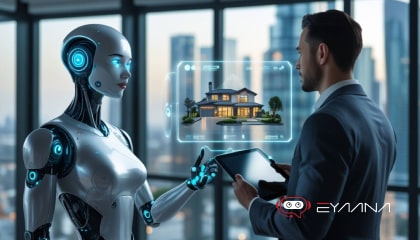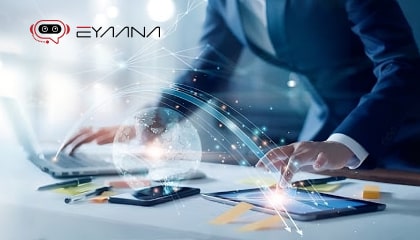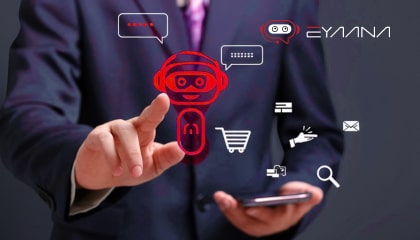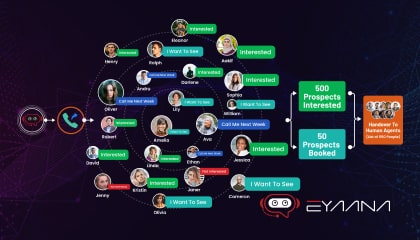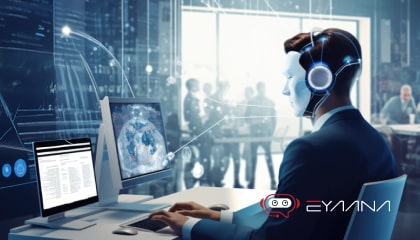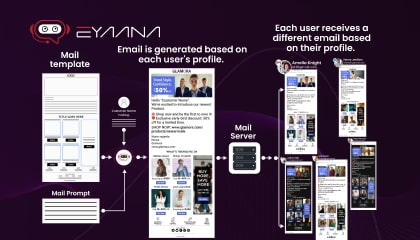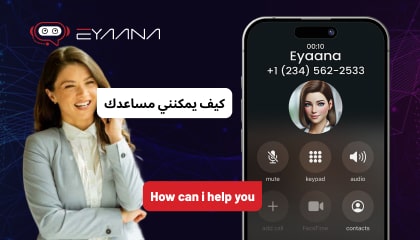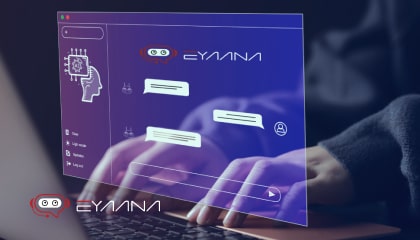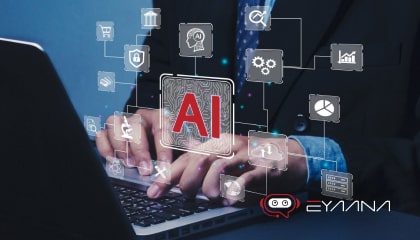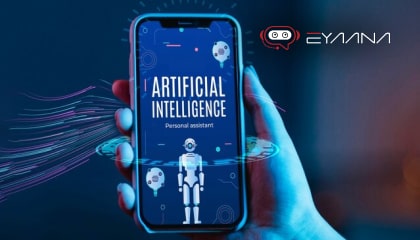Enquiry
Blog Details
What Is The Difference Between AI Chatbots And Live Chat?
In today’s fast-paced business environment, providing exceptional customer service is more important than ever. Companies are constantly searching for tools that can meet the growing expectations of customers who want quick, efficient, and accurate assistance. Among the most widely used solutions are AI chatbots and live chat systems, both of which aim to enhance customer interactions. These tools serve as crucial touchpoints between businesses and their customers, offering support in real time. However, while their ultimate goal may be similar—resolving customer issues swiftly—their approaches and functionalities are fundamentally different. Understanding these differences is key to making an informed decision about which tool suits your business needs best.
AI chatbots rely on artificial intelligence to automate conversations and provide instant responses to inquiries, often handling a large volume of requests without the need for human intervention. On the other hand, live chat systems connect customers with human agents who can address more complex or personalized concerns. Both tools excel in specific scenarios, making it important for businesses to evaluate their requirements carefully. In this article, we’ll break down how AI chatbots and live chat differ, highlight their unique advantages, and explore situations where one may be more beneficial than the other.
What is an AI Chatbot?
![what-is-an-ai-chatbot-min[1].jpg (1)](/media/tfkd112i/what-is-an-ai-chatbot-min-1.jpg)
An AI chatbot app is a program or tool powered by artificial intelligence that can automatically converse with users, understand their questions, and provide answers. This means that when you interact with an AI chatbot, you’re talking to a computer system, not a human.
AI chatbots are designed to answer common questions, give instructions, or help with specific tasks, like checking the weather or booking a flight. The chatbot uses algorithms to understand your questions and respond based on a set of rules or information it has been programmed with. Some chatbots can even learn from past conversations and get smarter over time, meaning they can provide better answers as they gain more experience.
For example, if you ask an AI chatbot, "What’s the weather like today?", it will give you a quick response based on the information it has. However, if you ask it something complicated, like "What should I wear if I’m going to a wedding?", it might not give as detailed an answer.
What is Live Chat?
Live chat, on the other hand, involves real-time conversations between a customer and a real human agent. When you use live chat, you are chatting directly with a person, not a machine. A live chat agent is trained to understand your problem, answer your questions, and provide personalized support.
For example, if you're shopping online and have a specific question about a product, you can use live chat to ask a human agent for more details. The agent can provide answers that require human judgment, like recommending a product based on your needs or solving a complex problem.
Unlike AI chatbots, live chat agents can handle a wide range of issues, including complex or emotional situations, and can understand the context of the conversation. If you ask a live agent about what to wear to a wedding, they can give a more thoughtful, personalized response based on your preferences.
Key Differences Between AI Chatbots and Live Chat
![key-differences-between-ai-chatbots-and-live-chat-min[1].jpg](/media/sunhbnrr/key-differences-between-ai-chatbots-and-live-chat-min-1.jpg)
Let’s now compare AI chatbots and live chat across several key aspects to help you understand the differences more clearly.
1. Human vs. Automated Responses
-
Live Chat: In live chat, every response you receive is from a real person—a customer service representative or an agent. These human agents are responsible for handling all interactions, resolving issues, and answering questions. The responses are more personalized, as agents can read and understand the context of a conversation and adjust their responses accordingly.
-
AI Chatbot: With an AI chatbot, the responses are automated and come from the AI software. Chatbots are programmed to understand customer queries and provide answers based on pre-set data and algorithms. While advanced chatbots can simulate human-like conversations, they are still limited by the data they are trained on. Chatbots can only respond to what they’ve been programmed to understand, and their answers may sometimes lack the depth and personalization that a human agent can offer.
Example: If a customer asks for a detailed explanation of a product, a human agent can explain it in detail, provide personal recommendations, or even offer follow-up advice. On the other hand, a chatbot might provide a generic response from its knowledge base or direct the customer to a product page.
2. Availability
-
Live Chat: Live chat requires a human agent to be available. Depending on the time of day and the company’s operating hours, there may be wait times before a customer can speak to an agent. If a business operates in different time zones or offers 24/7 support, this could involve hiring multiple shifts of customer service representatives, which can be resource-intensive.
-
AI Chatbot: One of the biggest advantages of AI chatbots is that they are available 24/7, 365 days a year. Chatbots don’t need breaks, sleep, or vacations, so they can handle customer inquiries at any time—day or night. This makes them perfect for businesses that need to provide round-the-clock support or handle a large volume of queries without overburdening their human staff.
Example: If it’s 2 AM and a customer has a question, an AI chatbot can answer instantly. With live chat, the customer might need to wait until the next business day or until an agent is available.
3. Handling Complexity
-
Live Chat: Live chat is ideal for complex or sensitive issues. If a customer has a complicated problem, needs troubleshooting, or requires personalized assistance, a human agent can step in to handle the situation. Humans are good at understanding context, emotions, and nuances, making them better equipped for handling complex or emotional inquiries.
-
AI Chatbot: AI chatbots excel at handling routine or simple tasks, such as answering frequently asked questions (FAQs), providing order updates, or handling basic customer service requests like checking the weather or giving directions. However, they can struggle with more complex questions that require judgment, empathy, or detailed knowledge beyond their programming.
Example: If a customer asks about refund policies or account details, a chatbot can provide the correct information quickly. But if a customer asks about a specific technical issue or wants to make a special request, a human agent will likely be needed.
4. Speed and Efficiency
-
Live Chat: While live chat offers personalized service, response times can vary depending on the availability of human agents. In busy periods, customers may experience wait times or delays in getting answers, especially if there are many queries to address.
-
AI Chatbot: AI chatbots excel in speed and efficiency. They can handle hundreds or even thousands of customer inquiries simultaneously without delays. This helps businesses serve a larger volume of customers, especially when there’s a high demand for assistance.
Example: During peak hours, a business using live chat might have a queue of customers waiting for assistance. A business using AI chatbots can serve all those customers instantly without waiting.
5. Cost
-
Live Chat: Live chat systems can be expensive to maintain, especially if a business needs to hire a large number of customer service agents. The cost increases with the size of the team and the volume of inquiries, as well as the need for training and supervision.
-
AI Chatbot: While setting up an AI chatbot involves an initial investment (for development, integration, and training), once deployed, chatbots can handle a high volume of inquiries without requiring as many human agents. This makes them a more cost-effective solution in the long run for businesses that deal with a large number of routine inquiries.
Example: A business may need to hire 10 customer service agents for live chat, whereas a chatbot might be able to handle most of the inquiries, requiring fewer agents.
6. Personalization
-
Live Chat: Since live chat involves interaction with real human agents, the conversations tend to be more personalized. Human agents can understand the customer's emotional tone, respond empathetically, and make real-time adjustments based on the conversation. They can also offer tailored recommendations or address specific needs.
-
AI Chatbot: AI chatbots can offer personalized experiences based on customer data (like past purchases or previous interactions). However, their ability to tailor responses is more limited compared to human agents. Chatbots use algorithms to provide answers, and while they can learn over time, their responses may feel less personal or empathetic.
Example: A chatbot can remember a customer’s previous inquiry about a product and bring up relevant details automatically, but a human agent can engage in a deeper conversation, providing nuanced solutions based on the customer’s mood or specific situation.
When to Use AI Chatbots vs. Live Chat
So, when should you use each option? Here’s a simple guide:
-
Use AI Chatbots for:
-
Answering frequently asked questions
-
Providing quick information (e.g., checking order status)
-
Handling simple tasks like making appointments or setting reminders
-
Supporting customers outside of business hours
-
Use Live Chat for:
-
Answering complex questions
-
Providing personalized or emotional support
-
Dealing with unique or urgent issues
-
Offering a more human connection when needed
Conclusion
Both AI chatbots and live chat have their advantages, and the choice between them depends on the needs of the business and the nature of customer service ai required.
-
Live chat is ideal for businesses that require personalized, human-centered support and can handle a more complex workload.
-
AI chatbots are excellent for businesses that need quick, automated responses to frequently asked questions, routine inquiries, or 24/7 service with minimal cost.
In many cases, businesses use both technologies in tandem. For example, a chatbot might handle initial customer inquiries and then seamlessly hand over to a human agent for more complex issues. This hybrid approach combines the strengths of both AI chatbots and live chat to offer the best possible customer experience.
Why Choose Eyaana for AI Chatbot ?
![eyaana-min[1].jpg (2)](/media/v1nd3ish/eyaana-min-1.jpg)
If you’re looking for a powerful yet user-friendly AI chatbot app, Eyaana is worth considering. With Eyaana, businesses can seamlessly turn website traffic into live, engaging conversations, making it easier to convert leads into customers.
Eyaana is designed to be an AI-first customer support and sales solution, meaning it comes with powerful automation features, yet it’s easy to use even for non-technical teams. Its inbuilt CRM and helpdesk make customer management simple, while its AI-driven chat capabilities provide a smart, personalized experience for users.
Inbuilt CRM and Helpdesk: Eyaana comes with a built-in CRM and helpdesk, allowing businesses to manage customer data and support interactions in one place.
Flexible Pricing: Choose from Eyaana’s Lite and Pro packages starting from $99/month, with flexible, commitment-free tiers tailored to suit businesses of all sizes.
Multilingual Support: Engage a diverse audience with language options like Arabic, English, Hindi, and Urdu.
AI-First Design: Eyaana’s chatbot learns over time, enhancing customer interactions and turning site visits into conversations.
Scalability: Eyaana adapts to business growth, handling higher customer interactions with ease.
24/7 Support & Analytics: Real-time data and round-the-clock support help improve customer experiences.
If you’re considering implementing a chatbot, Eyaana is an excellent choice. Eyaana combines the benefits of AI-powered chatbots with intuitive design and powerful automation, ensuring faster and more effective customer service while still allowing for seamless human interaction when needed. Whether you’re looking to improve response times, reduce costs, or enhance customer satisfaction, Eyaana is a smart solution for businesses of all sizes.
To explore how AI can enhance your business operations, sign up for free and get started with Eyaana today.
Do you need help?
We will provide detailed information about our services, types of work, and top projects. We will calculate the cost and prepare a commercial proposal.
